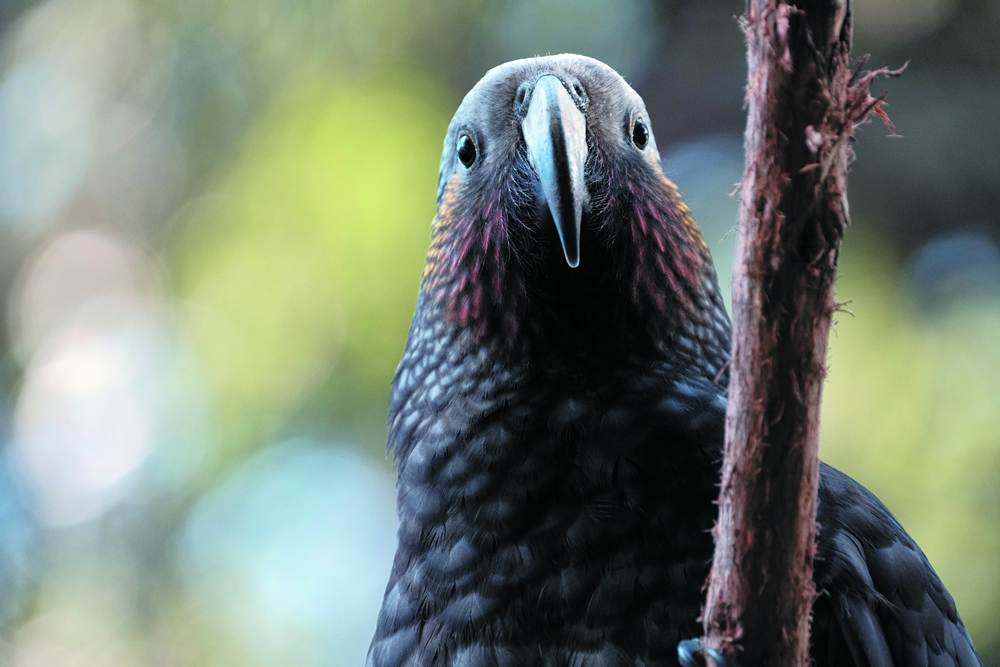Creating pest-free sanctuaries for New Zealand
The control of introduced mammal pests for biodiversity restoration and other objectives in New Zealand is nationally critical work. One part of this work involves ‘sanctuaries’: sites implementing multi-species pest mammal control for biodiversity and wider ecosystem recovery objectives with substantial community involvement. Many of these sanctuaries are surrounded by pest-proof fencing.

Sanctuary projects may be created and managed by individuals, inside agencies, community groups, or as collaborations. However, sanctuary practitioners generally lack the scientific expertise to prioritise sites, determine best-practice pest control or monitoring methods, or undertake research.
For 15 years we have run annual sanctuaries workshops that have been a key conduit for Manaaki Whenua and other science into the national sanctuary network, and we have maintained a database of sanctuary attributes. In 2014 a national incorporated society known as Sanctuaries of NZ Inc. (SONZI) emerged from these annual workshops, and this year SONZI became the main workshop organiser, although Manaaki Whenua still organises the science day.
Through mutual respect and trust we have built an enormous ‘commons’ database of biodiversity outcome data that will yield valuable insights for years to come. Our preliminary analyses have excited practitioners to continue their (frequently voluntary) management effort, and have encouraged agencies to continue supporting them. Our comparisons of long-term biodiversity restoration trajectories under pest eradication-focused vs suppression-focused regimes will inform future strategies where and when to deploy such regimes, with the aim of achieving the ultimate goal of pest eradication on mainland New Zealand. This research is also well aligned with New Zealand’s Biological Heritage National Science Challenge.
At 3,400 ha, Maungatautari, in the Waikato, is the largest predator-free ring-fenced enclosure on the New Zealand mainland – larger than all the others put together. Manaaki Whenua has a long relationship with Maungatautari, where our studies have documented long-term (10-plus years) vegetation, invertebrate and bird responses to the removal of all pest mammals, except mice.
This year our scientists have written the 2019−29 Restoration Plan for the site. A keystone of this plan will be re-establishing a population of kōkako in the sanctuary as a flagship species for further restoration. With Maungatautari free of all pest mammals except mice, the prospects for kōkako survival there are promising. However, the ringfence is designed to keep predators out, not animals in, so discussion has also been required on systems to stop kōkako climbing out of their safe haven.
We also presented at this year’s Annual General Meeting of the Maungatautari Ecological Island Trust on changes in bird and invertebrate densities on the maunga since pest eradication in 2006. The audience included Trust administrators, iwi, volunteers, and funders. The research results we presented demonstrate the biodiversity gains that have been made in the area.
